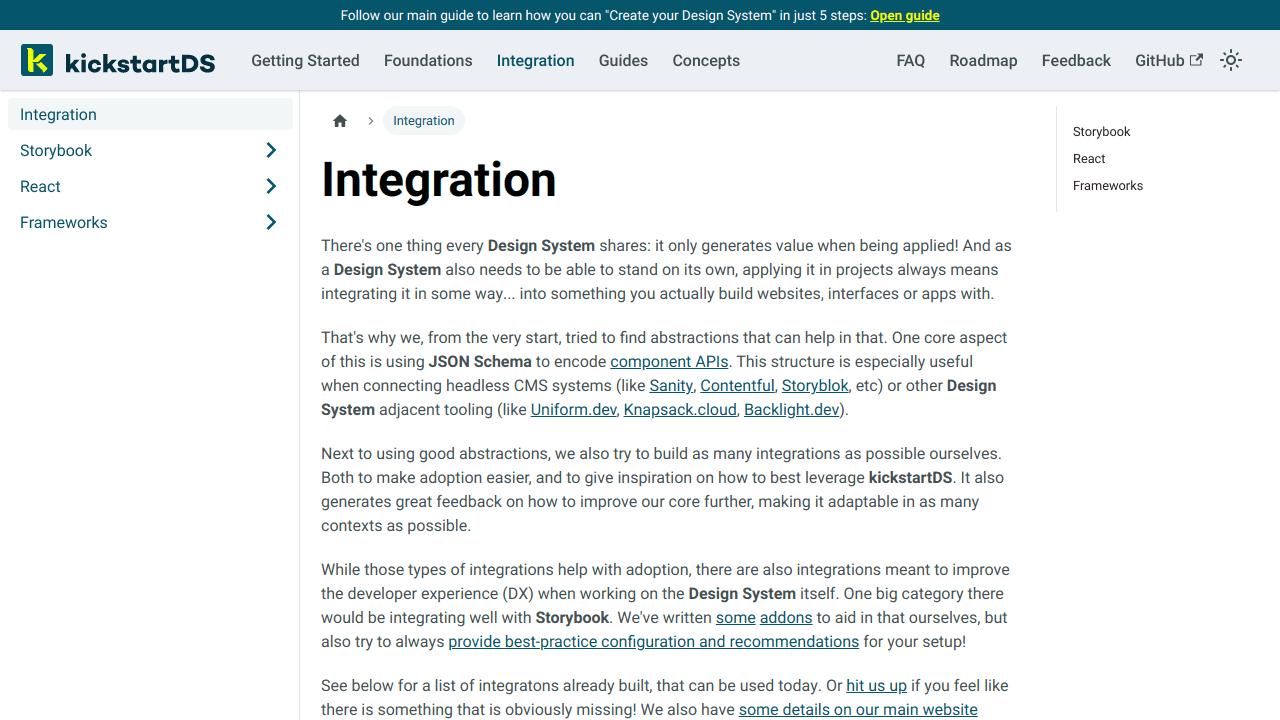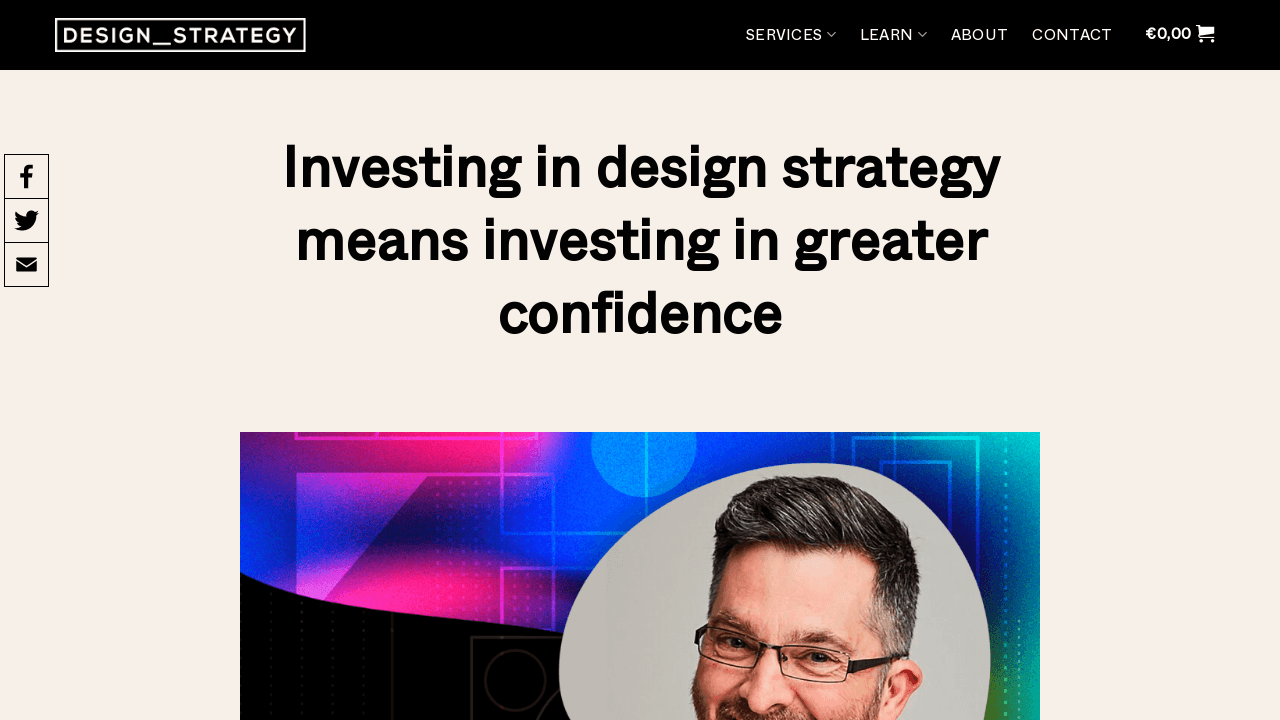Content tagged with: "CMS"
Explore more content related to this tag
Continue exploring kickstartDS...
Content directly related to kickstartDS
Create a component Overview Creating a component differs from "just" adapting a component in that it starts out without a specific kickstartDS component already in mind. Adaptation process as a base l
The following topics were discussed: the unexpected outcomes of transitioning to a composable architecture, advice for agency or SaaS company executives, desired changes in the industry, identified bottlenecks in composable architectures, and the longing for a feature from old technology to be brought back.
We’re still wasting massive amounts of valuable development cycles in the frontend world by working in silos, or by to at least some extent reinventing the wheel for every project. Results suffer in t
Read our roundup of podcasts released in the first quarter of 2022. Everything related to Design Systems, Frontend development and headless CMS / Jamstack
Integration There's one thing every Design System shares: it only generates value when being applied! Next to using good abstractions, we also try to build as many integrations as possible ourselves.
Create your Design System Overview In this guide we'll get your first Design System, based on kickstartDS of course, off the ground in just 5 rather simple steps! The main steps involved go as follows
Definition for "CMS"
CMS stands for Content Management System, which is a software application used to create, manage, and modify digital content. It is used to store and organize content, such as text, images, and videos, and to make it available on the web. CMSs are used by web developers, designers, and content creators to create websites and manage their content.
The Quarterly Design System and Frontend Podcast Roundup – Q1/22 blog post discusses how CMSs can be used to create and manage design systems. It explains how CMSs can be used to store and organize components, such as text, images, and videos, and to make them available on the web. It also discusses how CMSs can be used to create and manage design systems, and how they can be used to create a unified look and feel across multiple websites.
The Unlocking the frontend – a call for standardizing component APIs pt.1 blog post discusses how CMSs can be used to create and manage component APIs. It explains how CMSs can be used to store and organize components, such as text, images, and videos, and to make them available on the web. It also discusses how CMSs can be used to create and manage component APIs, and how they can be used to create a unified look and feel across multiple websites. By using CMSs, developers can create and manage component APIs that are consistent across multiple websites.
In conclusion, CMSs are powerful tools for creating, managing, and modifying digital content. They can be used to store and organize components, such as text, images, and videos, and to make them available on the web. They can also be used to create and manage design systems and component APIs, and to create a unified look and feel across multiple websites. For more information, please refer to the Quarterly Design System and Frontend Podcast Roundup – Q1/22 and Unlocking the frontend – a call for standardizing component APIs pt.1 blog posts.
... or explore other related, external content
Sourced from our Design System concierge database
Designers and developers often look for ways to make their work easier without sacrificing quality. After all, a design system is an attractive idea partially because its reusability makes design and
A talk with Ben Crothers, former principal design strategist at Atlassian, principal facilitator at Bright Pilots and an author of Presto Sketching: The Magic of Simple Drawing for Brilliant Product T
Accessibility strategy This accessibility strategy outlines the current principles and work needed to improve the accessibility of the GOV.UK Design System. Additional research, design, development an








